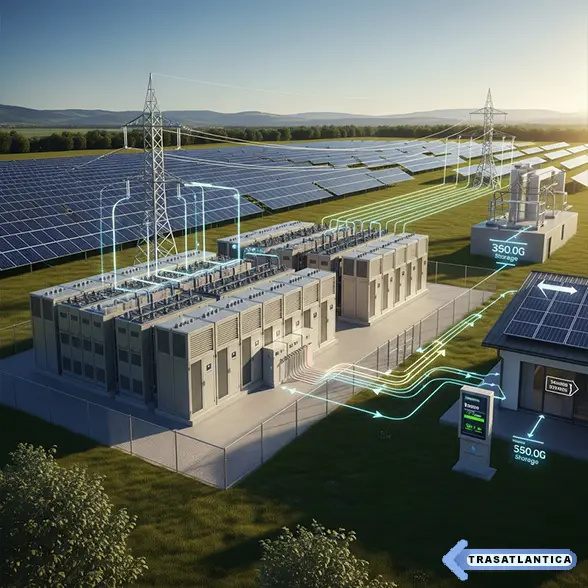Batteries Store an essential role in the transition to clean power by enabling the capture and release of electricity generated from renewable sources. These devices transform chemical energy into electrical energy when needed, supporting grid reliability and reducing dependence on fossil fuels. As renewable energy grows, so does the demand for efficient storage solutions to manage intermittent supply and fluctuating demand patterns.
Batteries Store Mechanisms Behind Energy Conversion
Understanding the fundamental processes of energy conversion inside these storage units reveals their efficiency and potential. Inside a battery, chemical reactions take place between electrodes and electrolytes, which facilitate the flow of electrons through an external circuit. This movement generates electric current that powers devices or feeds electricity back to the grid. The speed and volume of energy delivered depend on battery chemistry and design. Advances in lithium-ion technology, for example, offer higher energy density and faster charging times. Additionally, emerging battery types such as solid-state and flow batteries aim to improve safety and lifespan while maintaining performance under varying conditions.
New Insights into Batteries Store Performance Enhancements
Recent innovations push the boundaries of what batteries can achieve, responding to growing energy needs worldwide. Manufacturers increasingly focus on reducing degradation rates to extend operational life and enhance sustainability. Moreover, integrating smart management systems allows real-time monitoring and optimization of charging cycles. This approach minimizes energy loss and prevents overheating. Meanwhile, scalable modular designs facilitate deployment across diverse sectors, including residential, commercial, and industrial applications. Policy incentives and investment trends signal accelerating adoption, marking a significant shift toward decentralized and renewable-powered energy networks.
Emerging Applications of Batteries Store in Renewable Integration
Beyond grid support, these storage units empower off-grid solutions and electric mobility. Solar home systems paired with battery banks provide reliable power access in remote areas lacking traditional infrastructure. Electric vehicles depend on robust battery packs for range and efficiency, directly linking transportation with renewable electricity generation. Furthermore, stationary batteries contribute to frequency regulation and peak shaving, enhancing overall grid stability. As technologies mature, the integration of batteries into hybrid energy systems becomes increasingly common, balancing supply fluctuations and improving system resilience.
Industry Trends Highlighting Batteries Store Future Prospects
The future landscape of energy storage revolves around innovation, affordability, and environmental responsibility. Research in sustainable materials and recycling techniques aims to reduce ecological footprints associated with battery production and disposal. Collaborative efforts among governments, manufacturers, and research institutions accelerate development of breakthrough technologies. Additionally, global market dynamics encourage diversification of energy storage portfolios, combining chemical batteries with other methods like thermal or mechanical storage. These strategies help meet the urgent demand for clean, reliable, and accessible energy worldwide.
In summary, how batteries store renewable energy encompasses complex chemical processes, cutting-edge innovations, and expanding applications. Continued progress will play a pivotal role in enabling sustainable energy systems that support economic growth and environmental preservation.
